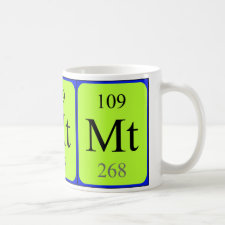
Authors: Hu YY, Hu RF, Zhu QZ, Zhan JH, Liu H, Yao BJ
Article Title: Improved selective extraction of 3,3'-dichlorobenzidine by molecularly imprinted polysiloxane microspheres.
Publication date: 2012
Journal: Environmental Chemistry Letters
Volume: 10
Issue: (3)
Page numbers: 275-280.
DOI: 10.1007/s10311-011-0350-2
Abstract: This report shows an improved selective extraction of the 3,3'-dichlorobenzidine pollutant using molecularly imprinted polysiloxane microspheres (MIPS). 3,3'-Dichlorobenzidine and degradation products are of environmental concern due to their carcinogenic nature. Environmental samples containing 3,3'-dichlorobenzidine are very complex, and the concentration of 3,3'-dichlorobenzidine is usually very low. Current analysis of 3,3'-dichlorobenzidine in environmental matrices often requires cleanup and preconcentration steps that are complex and time-consuming. Therefore, we designed an improved analytical technique. MIPS were synthesized by covalent imprinting. MIPS were characterized by Fourier-transform infrared spectroscopy, nuclear magnetic resonance and transmission electron microscopy. MIPS size ranges from 150 to 250 nm. Adsorption capacity and recognition selectivity toward 3,3'-dichlorobenzidine were studied using ultraviolet spectroscopy and high-performance liquid chromatography. Compared with non-imprinted polysiloxane microspheres, results show that the amount of 3,3'-dichlorobenzidine adsorbed by MIPS is greater by a factor of ten. The binding capacity of MIPS for 3,3'-dichlorobenzidine is seven times larger than diphenylamine. MIPS exhibits high affinity to 3,3'-dichlorobenzidine and can be used for the selective extraction of 3,3'-dichlorobenzidine
Template and target information:
Author keywords: Dichlorobenzidine, molecularly imprinted, polysiloxane, microspheres, Diphenylamine, selective extraction



Join the Society for Molecular Imprinting

New items RSS feed
Sign-up for e-mail updates:
Choose between receiving an occasional newsletter or more frequent e-mail alerts.
Click here to go to the sign-up page.
Is your name elemental or peptidic? Enter your name and find out by clicking either of the buttons below!
Other products you may like:
 MIPdatabase
MIPdatabase









